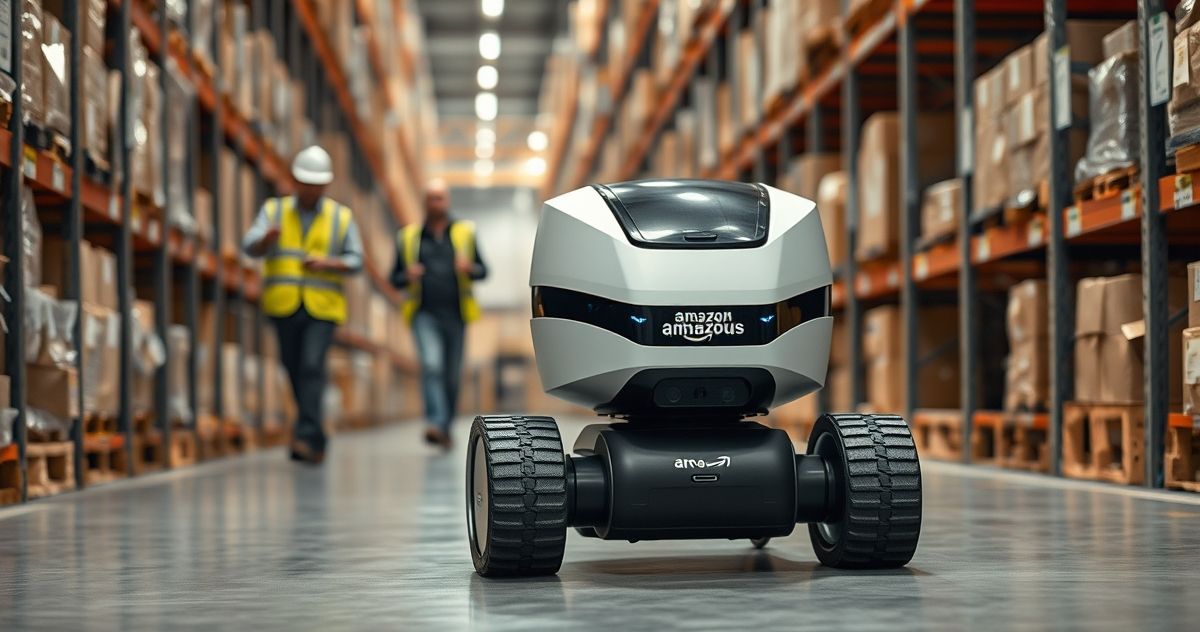Amazon AI Robotics is revolutionizing how fulfillment centers operate. With the deployment of over 750,000 intelligent robots globally, Amazon is doubling down on automation to optimize speed, efficiency, and safety in its warehouses. This strategic shift is a cornerstone of Amazon’s evolving logistics strategy, as the company aims to cut order processing times and labor costs.
The centerpiece of this robotics revolution includes machines like Proteus, Amazon’s first fully autonomous warehouse robot, and Sparrow, a robotic arm capable of identifying, picking, and sorting products using AI vision systems. These machines are complemented by Cardinal, which helps lift heavy packages and sort them for shipping. According to Amazon, these tools enhance workplace safety and relieve workers from physically taxing, repetitive tasks.
The Drive for Efficiency
Amazon claims that its AI-powered robotics systems have reduced operational costs by up to 25% in some facilities. By delegating physically demanding tasks to robots, the company reports lower injury rates in automated centers. Furthermore, robots don’t need breaks, vacations, or shifts, making them invaluable in a competitive delivery landscape that demands 24/7 efficiency.
However, the automation boom isn’t solely about improving logistics — it’s about staying ahead in the AI arms race. With companies like Walmart and Alibaba also investing heavily in warehouse automation, Amazon’s adoption of robotics has become a key differentiator.
Labor Displacement and Worker Concerns
Despite the apparent advantages, Amazon AI Robotics brings serious labor concerns. While Amazon insists that robotics create new jobs — especially in robot maintenance and operations — labor unions and advocacy groups argue that the new roles don’t compensate for the volume of displaced entry-level positions.
In fact, a report by The Business Standard suggests that automation may have already replaced over 100,000 warehouse roles, with more job cuts projected as robotics becomes more sophisticated. Furthermore, increased surveillance through AI-powered tracking tools has added stress to remaining workers, leading to concerns about employee well-being and autonomy.
A Fork in the Road for the Future of Work
As Amazon AI Robotics continues to expand, the company faces a critical challenge: maintaining a balance between technological progress and fair labor practices. Investment in employee retraining, open communication, and ethical AI governance will be essential if Amazon wants to maintain its leadership position without alienating its workforce.
Amazon’s journey serves as a broader indicator of what’s coming across industries: a future where AI isn’t just enhancing work — it’s changing its very definition.




